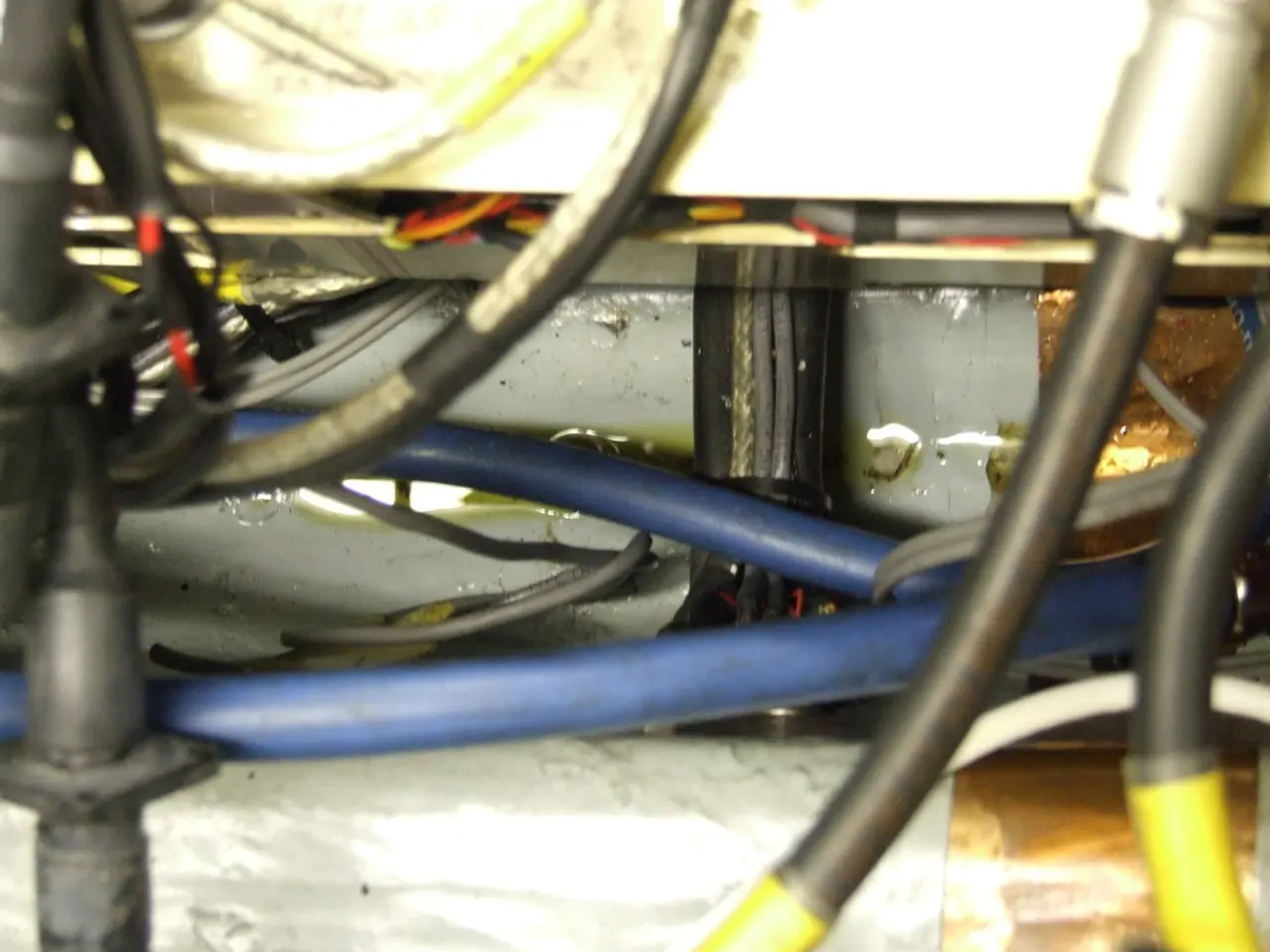Scientists Unveil Breakthrough Method for Detecting Fractional Charge Differences in Kitaev Chains
Scientists have developed a novel method for detecting fractional charge differences in Kitaev chains, a significant breakthrough for quantum computing. The study, published in PRX Quantum in 2024, introduces a charge sensing technique to measure the parity of Majorana zero modes (MZMs) in these chains. This advancement could pave the way for more efficient and complex quantum components in electronics and optoelectronics.
The research, led by David van Driel and his team, focuses on the proximity effect of superconductivity on confined states in semiconductors. They explored Andreev bound states and Andreev molecules in an InSb/Al hybrid nanowire, using an integrated quantum dot as a charge sensor. The device, an InSb nanowire with a hybrid segment and a quantum dot (QD) defined to the left of the hybrid segment, was operated as a charge sensor (CS).
The team demonstrated that charge sensing can be applied to semiconductor-superconductor hybrids to detect fractional charge differences, a first in the field. This is crucial for parity readout in Kitaev chains, as qubit states can be encoded in the parity of pairs of MZMs. The device was characterized by measuring the amplitude of the reflected rf signal of the left lead for varying voltage on the CS plunger gate and the right bias for an external magnetic field.
The research, titled 'Charge Sensing the Parity of an Andreev Molecule', offers a new method for reading out the parity of qubit states, a significant advancement for quantum computing. The findings highlight the potential of charge sensing for MZM parity readout in Kitaev chains, previously unused for detecting fractional charge differences. This breakthrough could lead to the development of smaller, more efficient, and complex components in electronics, optoelectronics, and quantum information processing.
Read also:
- One in Three Kentuckians Living with Prediabetes
- Exploring the Psychological Impacts of Plant Therapy and Enhancing Mental Health through Floral Interactions
- EU Faces Demand from Protesters to Halts Incineration of American-Owned Birth Control Products
- MERS (Middle East Respiratory Syndrome): A Comprehensive Overview and Treatment Guide





